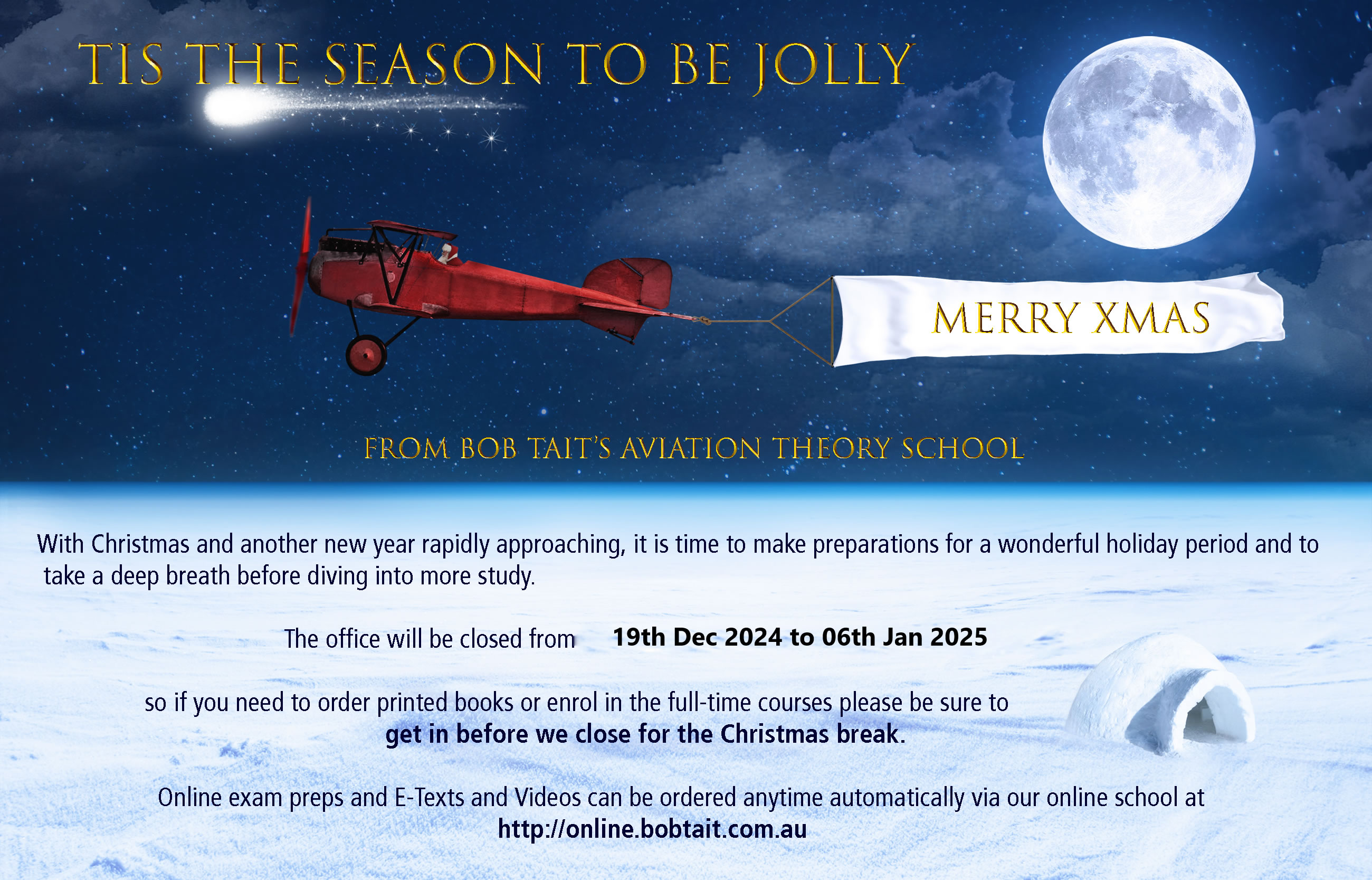The lift and drag formulae were established to allow aeronautical engineers and other academics to calculate numerical values for the magnitude of the forces of lift and drag given relevant data that is often not available to the average pilot. Actual values for parameters such as lift and drag coefficients are derived in wind tunnel tests for each aerofoil shape and ambient air density as a numerical value is unlikely to be available to a pilot on any given occasion.
As far as we pilots are concerned, the only value of the lift and drag formulae is to form a basis for understanding the
behaviour of the forces of lift and drag in terms of increasing, decreasing or maintaining constant magnitudes of lift and drag. The variables in the formulae are -
Lift or drag coefficient. This value depends on the shape and angle of attack of the aerofoil. Since, apart from flap extension, the shape of an aerofoil does not change in flight, the only variable that effects the coefficients of lift and drag is angle of attack. The lift and drag coefficient curves give us an idea of how lift and drag behave when angle of attack alone changes while all other factors remain constant. In the range of normal flight operations, any increase in angle of attack will result in an increase in lift and drag. The pilot is not concerned with the actual value of lift or drag in kg or lbs, but he/she is concerned with the behaviour of these forces when angle of attack changes.
Air density profoundly affects the magnitude of the forces of lift and drag. If all other factors remain constant, a reduction in air density will result in a reduction in lift and drag, and an increase in air density will result in an increase in lift and drag.
True airspeed is best considered in conjunction with density as indicated airspeed. In the real world, the combination of TAS and density, (IAS), determine the kinetic energy of the air stream and it is this energy that is involved in the production of the forces of lift and drag.
Wing area is probably the most obvious of the variables. If all other factors remain constant, a larger wing produces more lift and more drag.
Also, see this extract from the Aerodynamics Study Guide below







